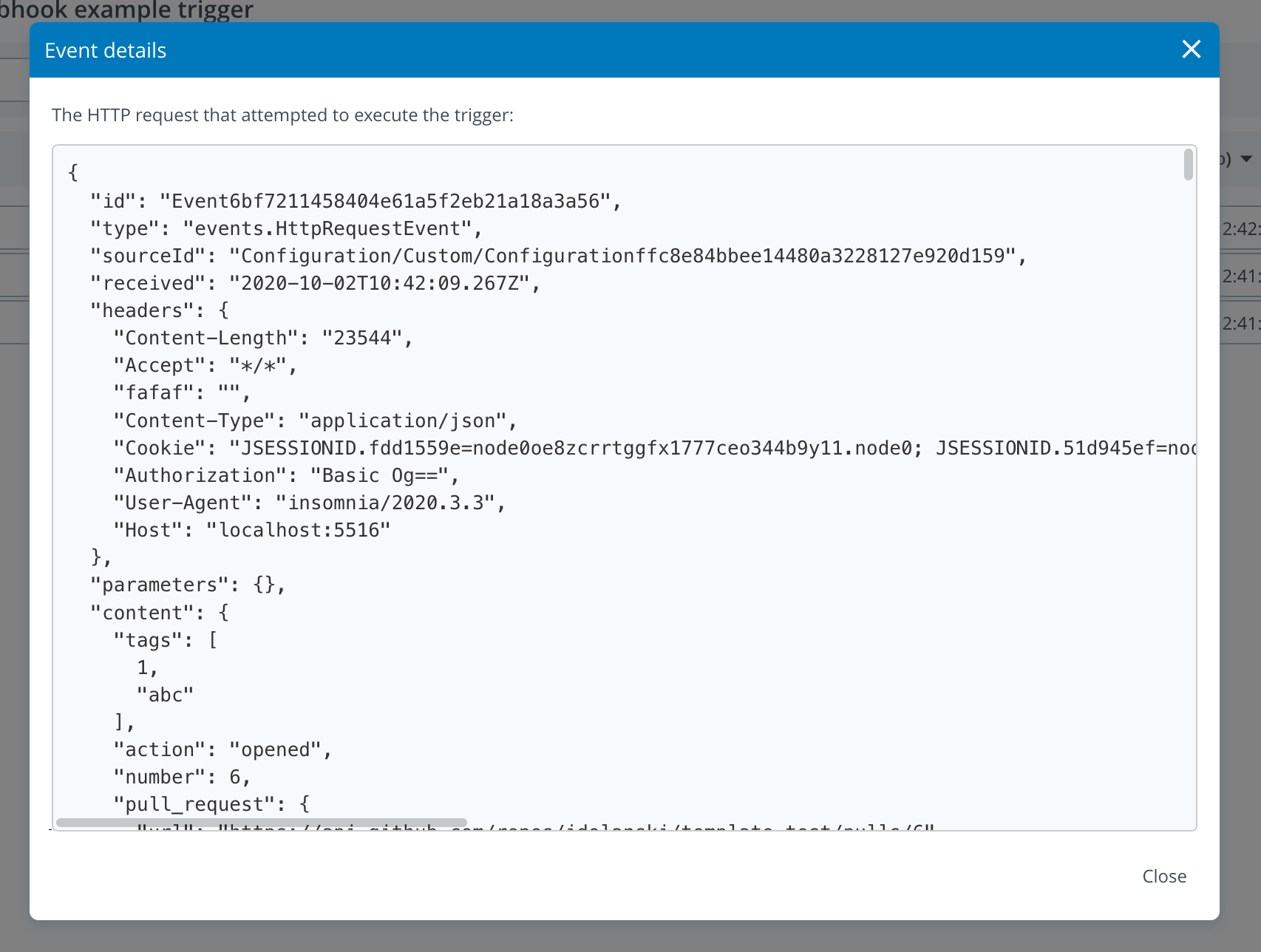Triggers
Triggers allow you to set the conditions for an event to create an action, such as a release task.
Triggers can be created in the Triggers management page, or from the release template show drop-down menu.
Triggers management page
The Triggers management page lets you view and manage triggers associated with your release templates. When you create a trigger for a release template and enable it, Release will execute the script associated with the trigger at a specified interval.

You can use the Triggers management page to:
- Remove or modify triggers
- See all triggers in one UI which provides an entry point to manage them
- See the most active and widely-used triggers
- Use filters to find triggers by title, type, folder and template
- View releases created by a trigger
- View Trigger activity logs
- Enable or disable triggers
for more information, see creating release triggers.
Note: From Release version 9.6, triggers were decoupled from release templates. This has caused some changes to your configurations. For instance, if you have any configurations in YAML as-code which use triggers, they should be updated with the new syntax. Furthermore, global triggers - those without a folder - can no longer be exported as YAML.
Trigger activity logs
The Trigger activity logs page lets you view the changes made to an individual trigger, and its execution results.

In case of Webhook event trigger, you can examine the event payload that was used to trigger the release by clicking on the Details link next to the trigger execution log.

Keep in mind that there is a maximum number of events that will be kept in the database per HTTP endpoint, and the rest will be deleted, starting from the oldest ones. The amount of events to retain is configurable from the HTTP endpoint configuration page.